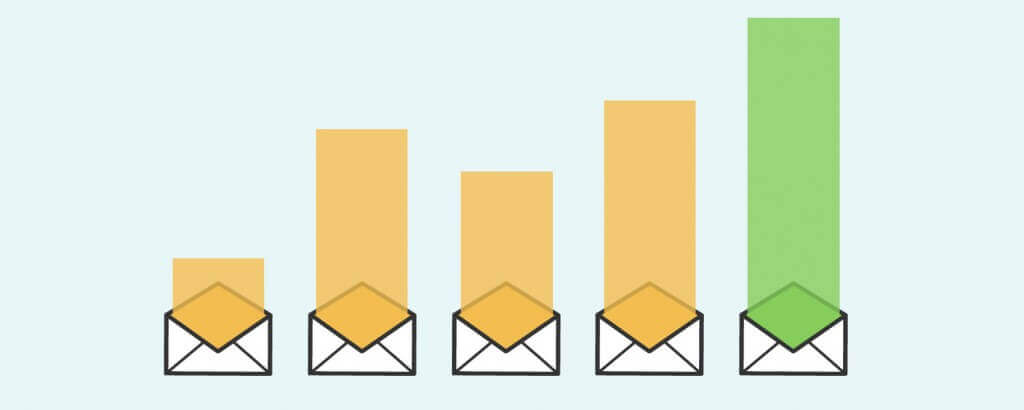
Marketing automation can transform your email campaigns into powerful, ongoing conversations for both customer acquisition and retention purposes. The travel industry is getting better at it – automated programs rated ‘very successful’ rose to 24% this year – but with some savvy marketing techniques those rates could skyrocket.
The top automated triggers that travel firms are already using are subscription/sign-up to website, abandoned basket, and automated response to website visit, but many firms are still not taking advantage. The main barriers to implementing automation for beleaguered travel marketers are ‘finding the time to make it happen’ and ‘lack or resources’- in common with many other sectors.
Fear not, there are many ways to work automation into your New Year strategy…
1. Welcome program
For those new to automation, start with a welcome series to introduce new email subscribers to your service. Decide on the key message, the number of emails and the frequency.
One brand, Beachcomber, saw a 15% increase in email-driven web traffic when it extended its triggered welcome email into a three-part series sent over two weeks.
2. Progressive profiling
If a booking was made through a third-party the useful data about your customers can be minimal. Maybe you want to know whether your customers prefer active or relaxing holidays, family or couples breaks?
With progressive profiling you can incrementally gather information over time, starting with the basics like gender and location, and using incentives to build a more in-depth profile through forms or surveys.
3. Abandoned basket program
An abandoned basket program is one of the most valuable and measurable in automation as it can recover otherwise lost revenue – surprising then that around half of travel firms are not currently using it, according to the report.
A successful program should first remind a customer within three hours that they selected a holiday package or flight but didn’t buy and include a link to complete the checkout.
A few days later, ask why they didn’t complete the purchase (you can use this data to inform your future marketing strategy). If all else fails, offer a discount and see whether it nudges them into buying.




